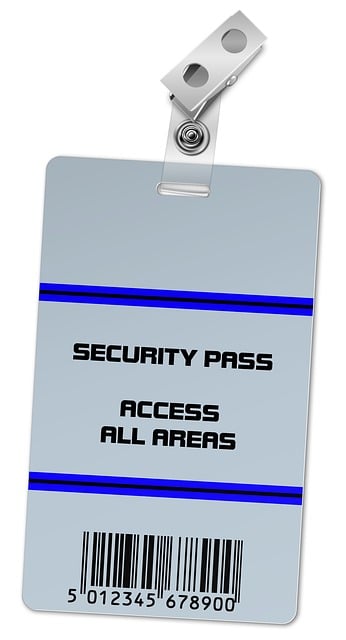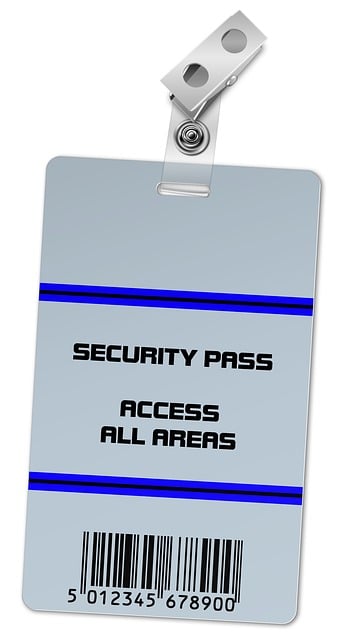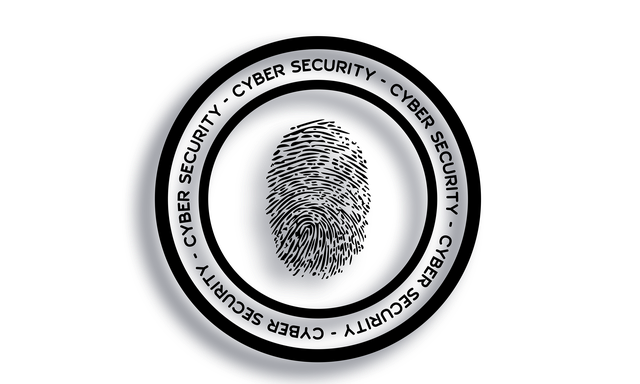In today's digital landscape, effective tech credentials verification is crucial for organizations to succeed in the tech industry. With rapid growth and diverse talent, stringent verification processes build trust, mitigate risks of subpar skills, preserve reputations, and foster innovation. A multi-faceted approach using online platforms, skill tests, and practical assessments ensures qualified candidates. Follow a comprehensive process: verify with authorities, cross-reference against standards, check references, and keep records current to ensure a reliable tech workforce.
In today’s digital landscape, ensuring the authenticity of tech workers’ credentials is paramount. As the demand for skilled professionals surges, verifying technical skills and certifications has become a critical process for employers and clients alike. This article delves into the urgent need for robust tech credentials verification, exploring effective methods to authenticate skills and best practices to guarantee validity and accuracy.
- Understanding the Need for Tech Credentials Verification
- Methods to Authenticate Technical Skills and Certifications
- Best Practices for Ensuring Validity and Accuracy
Understanding the Need for Tech Credentials Verification

In today’s digital era, as technology continues to evolve and shape our world, ensuring the credibility of tech workers’ qualifications has become paramount. The rapid growth of the tech industry has led to a diverse and vast talent pool, making it imperative for organizations to implement robust tech credentials verification processes. This is not just a matter of hiring the right people; it’s about fostering a culture of trust and excellence within technology-driven companies.
Without proper tech credentials verification, businesses run the risk of encountering subpar skills, outdated knowledge, or even fraudulent certifications. Such risks can hinder innovation, lead to costly project failures, and damage an organization’s reputation. By verifying tech workers’ credentials, companies ensure they are hiring individuals with the necessary expertise, staying ahead in a competitive market, and ultimately contributing to the development of robust technological solutions.
Methods to Authenticate Technical Skills and Certifications

Authenticating technical skills and certifications is a multifaceted process, especially in an industry that evolves as rapidly as technology. One effective method is to leverage online platforms and digital credentials, which offer a secure and transparent way to verify qualifications. Many professional organizations and educational institutions now provide digital certificate verification services, allowing potential employers to cross-check the authenticity of a candidate’s claims with just a few clicks.
Additionally, practical assessments and skill tests can be employed to gauge a tech worker’s proficiency. These assessments often involve hands-on exercises or projects designed to mimic real-world scenarios, providing an unbiased evaluation of their abilities. Companies may also conduct coding challenges, system design interviews, or technical demonstrations to ensure candidates possess the required skills and certifications.
Best Practices for Ensuring Validity and Accuracy

To ensure the validity and accuracy of tech credentials, best practices involve a multi-step approach. Start by verifying certifications directly with the issuing authority. Many professional organizations maintain databases that allow for easy confirmation of a worker’s qualifications. Additionally, cross-referencing these credentials with relevant industry standards or frameworks can provide further assurance.
Employers should also implement robust verification processes, such as checking reference links and asking for examples of past projects. Regular updates on an employee’s certifications are crucial, especially in the rapidly evolving tech field. Staying current with industry trends and updating records accordingly helps maintain a reliable pool of skilled professionals.






